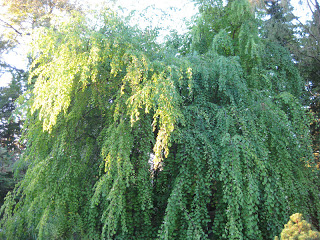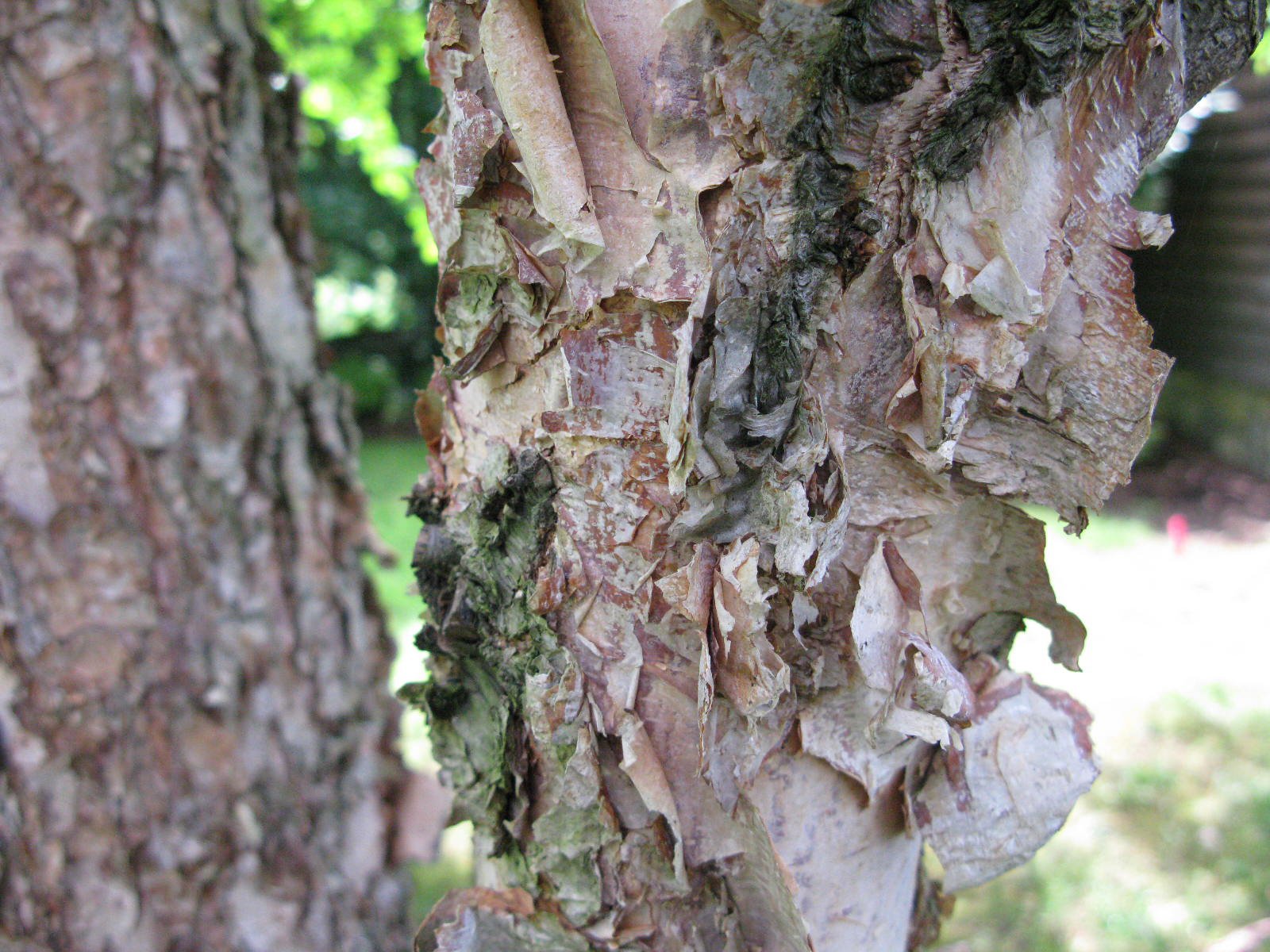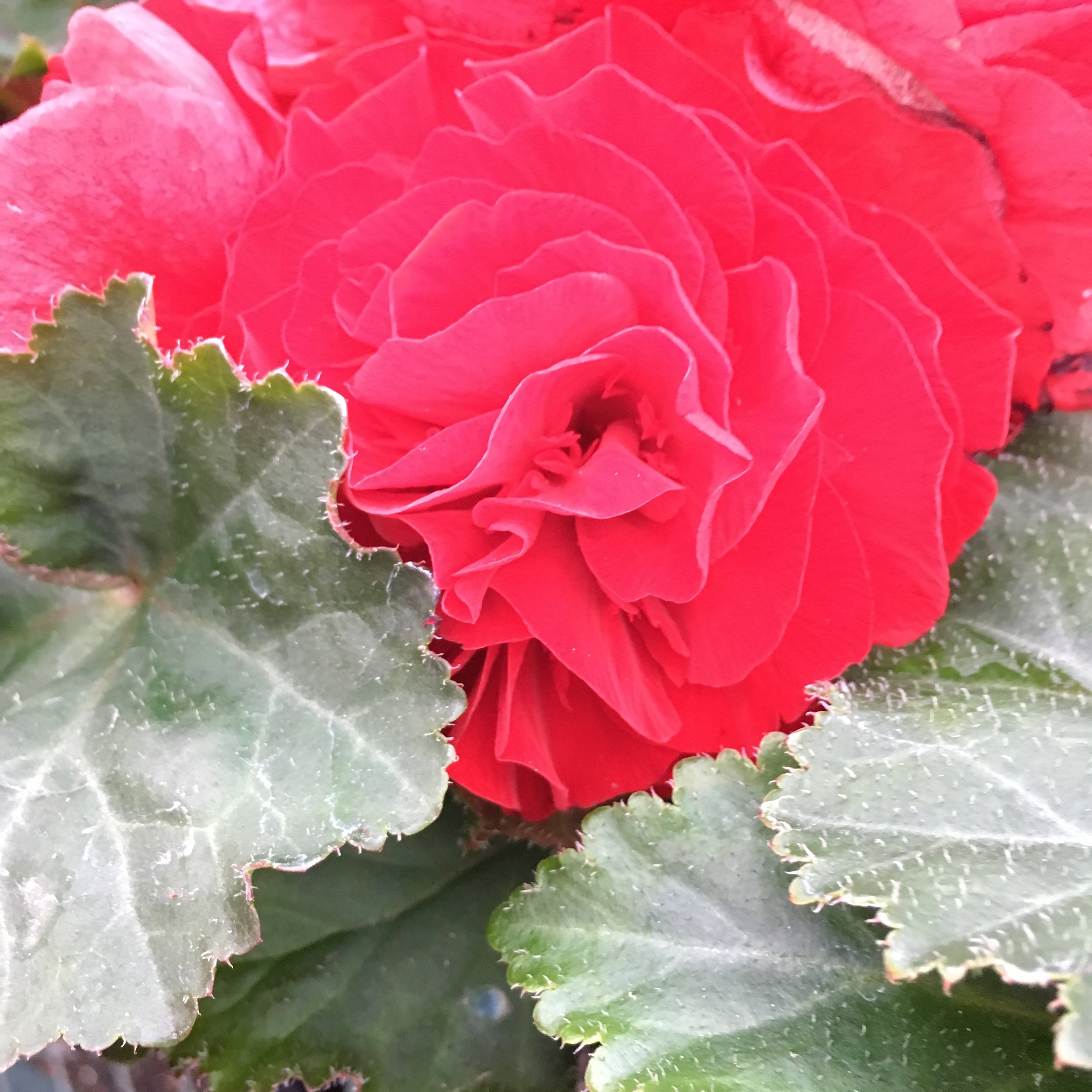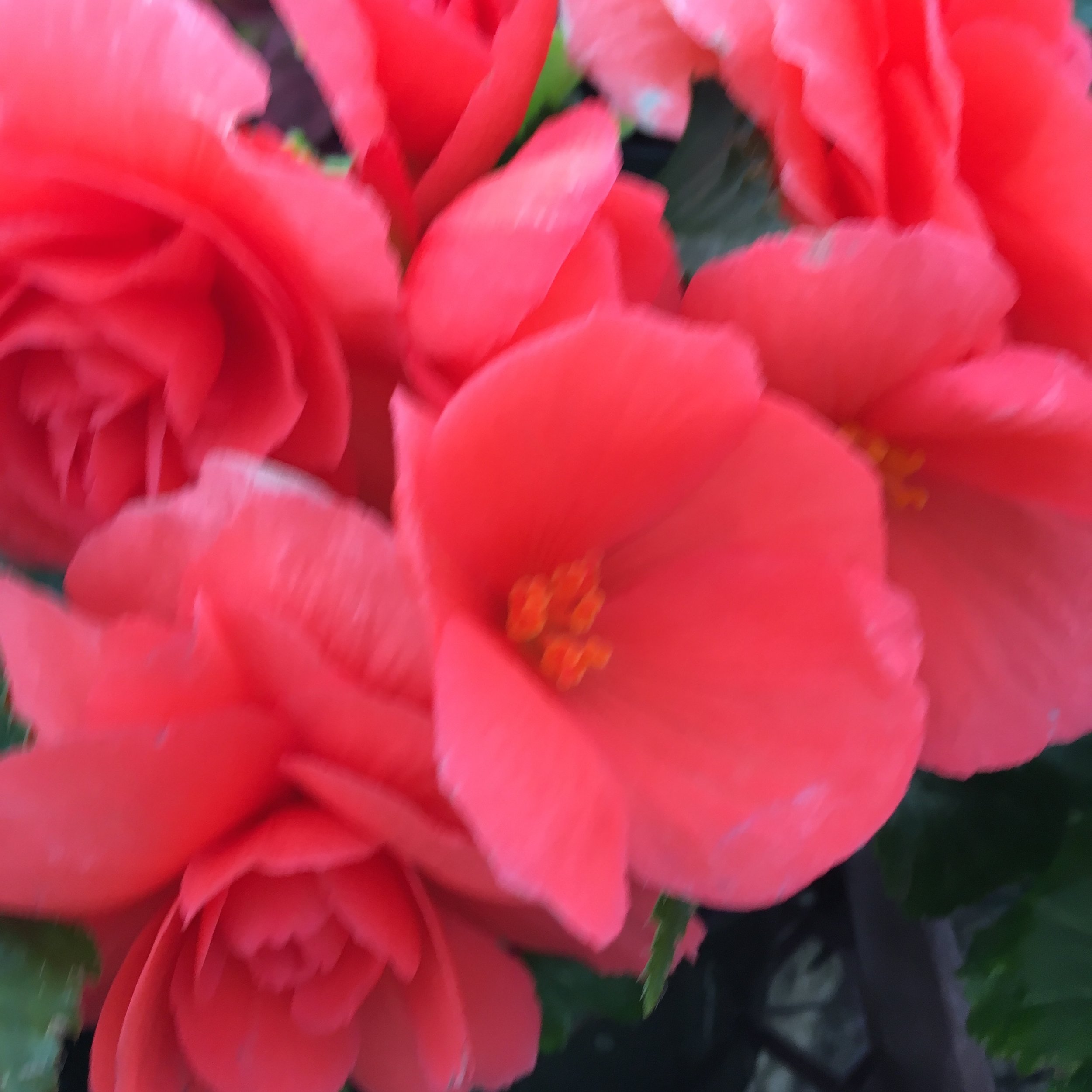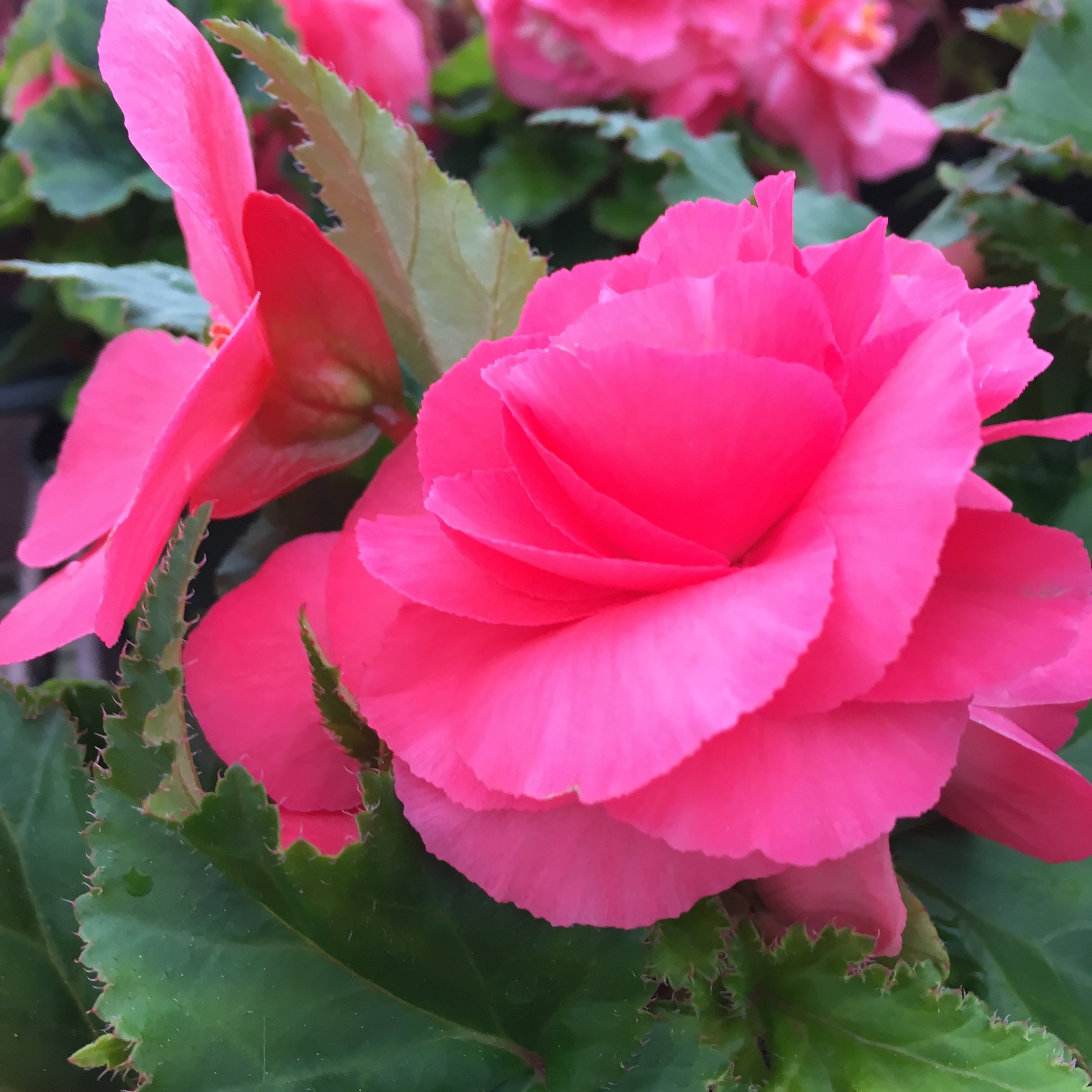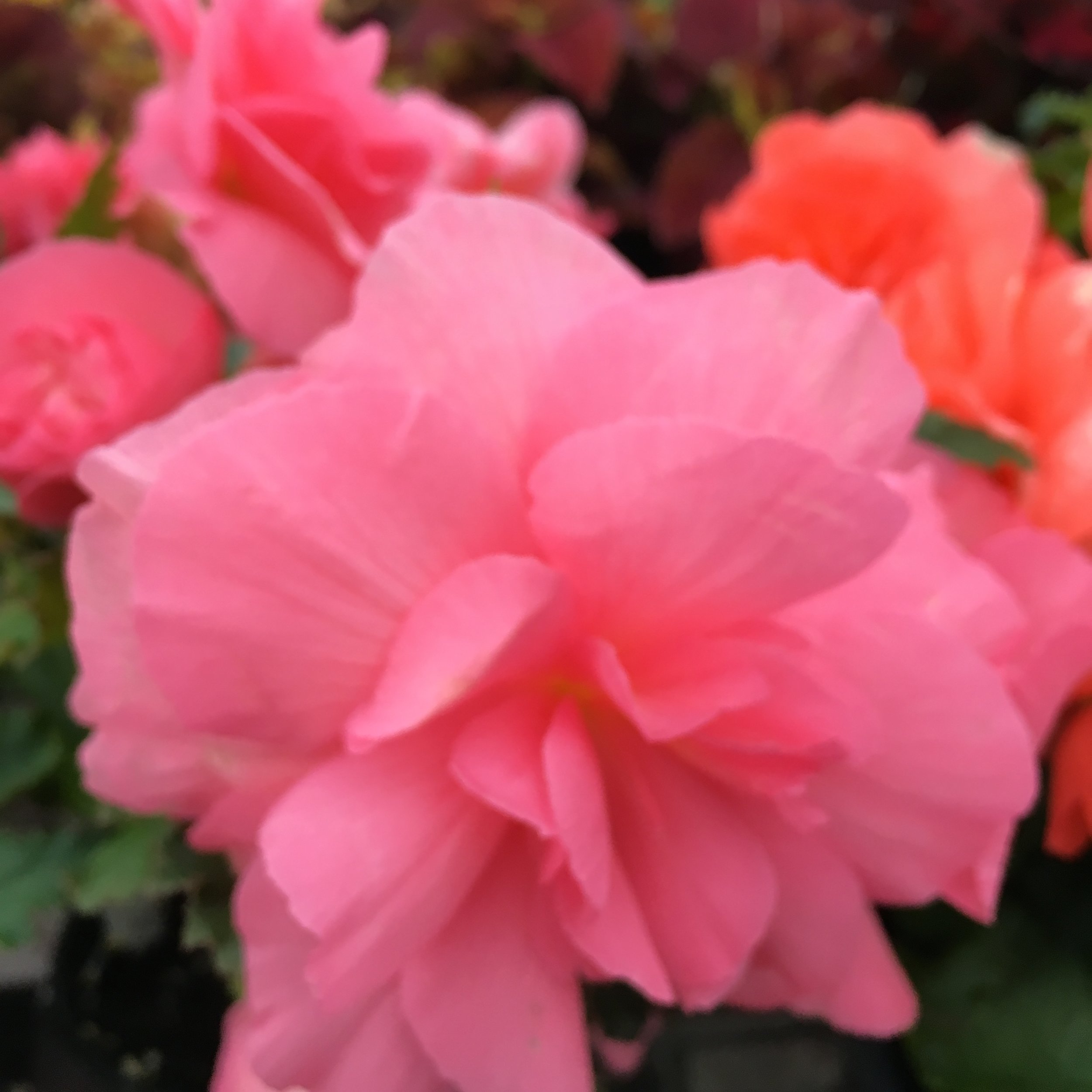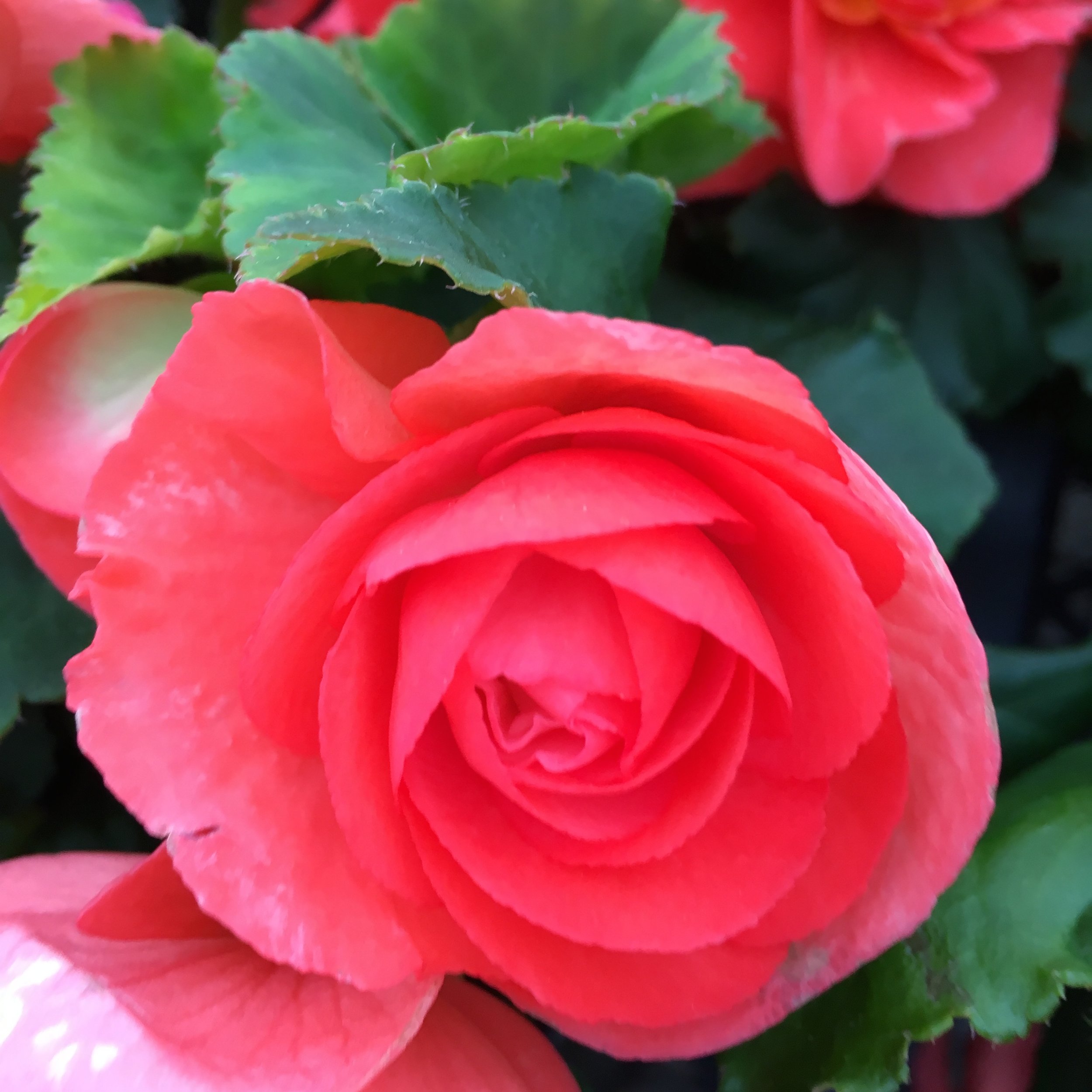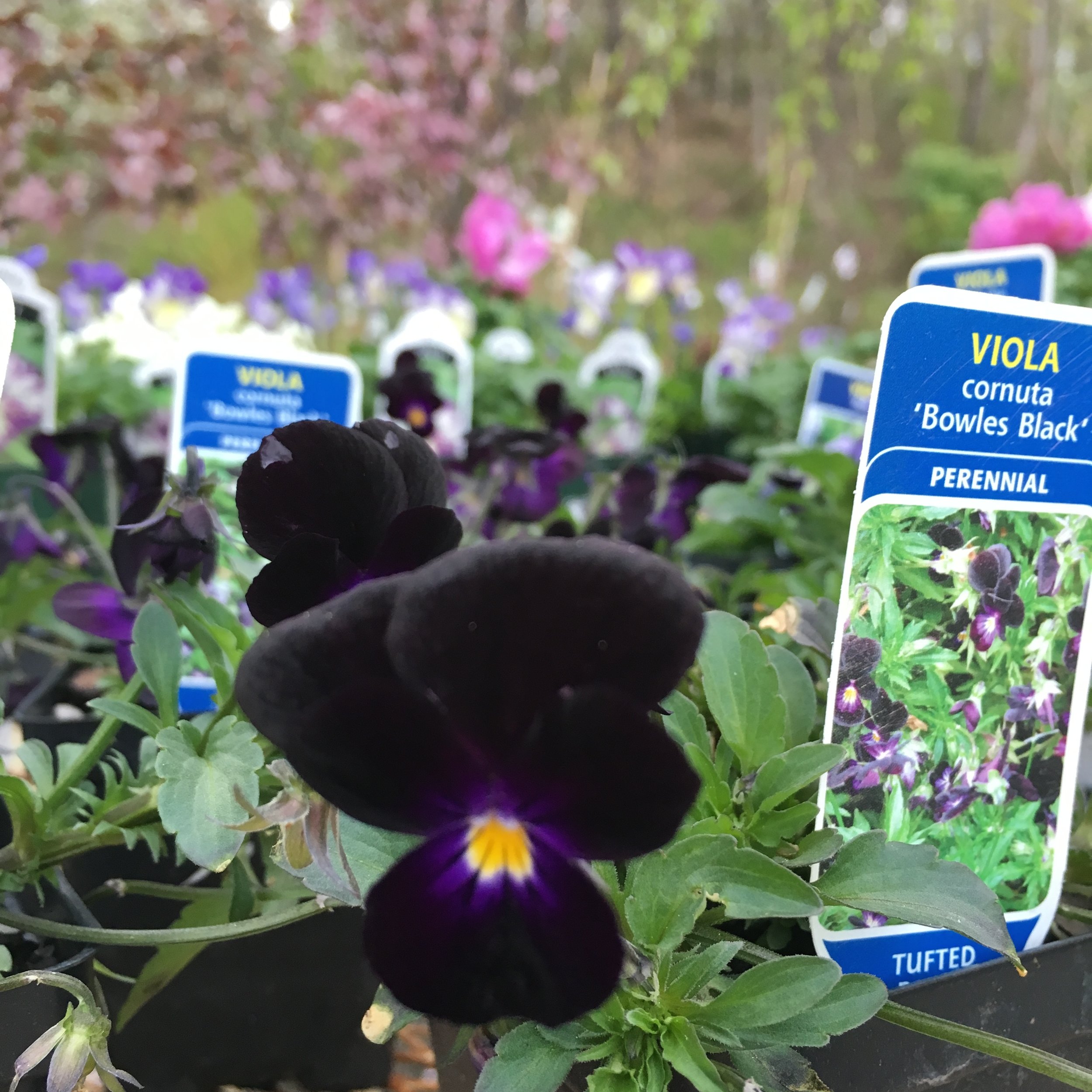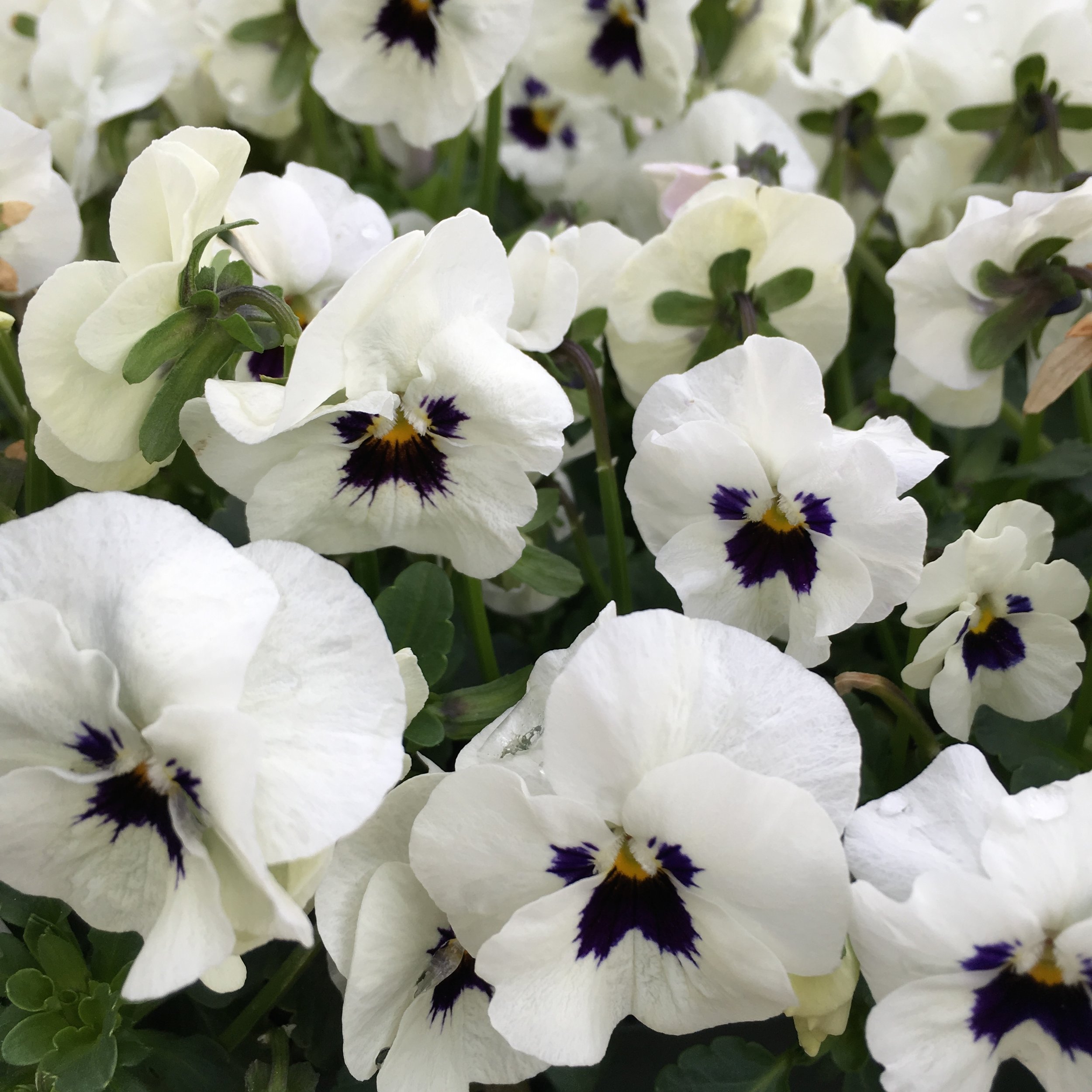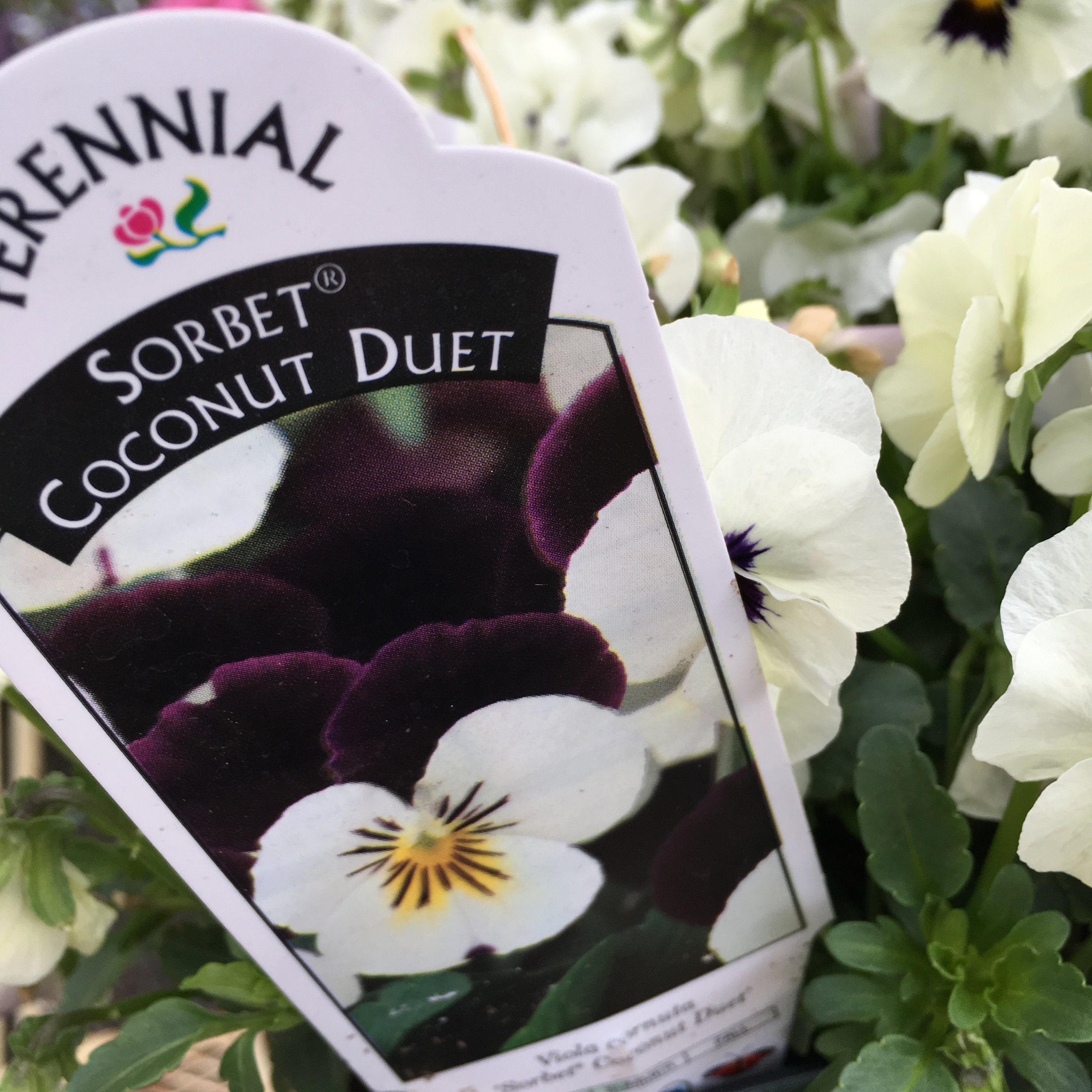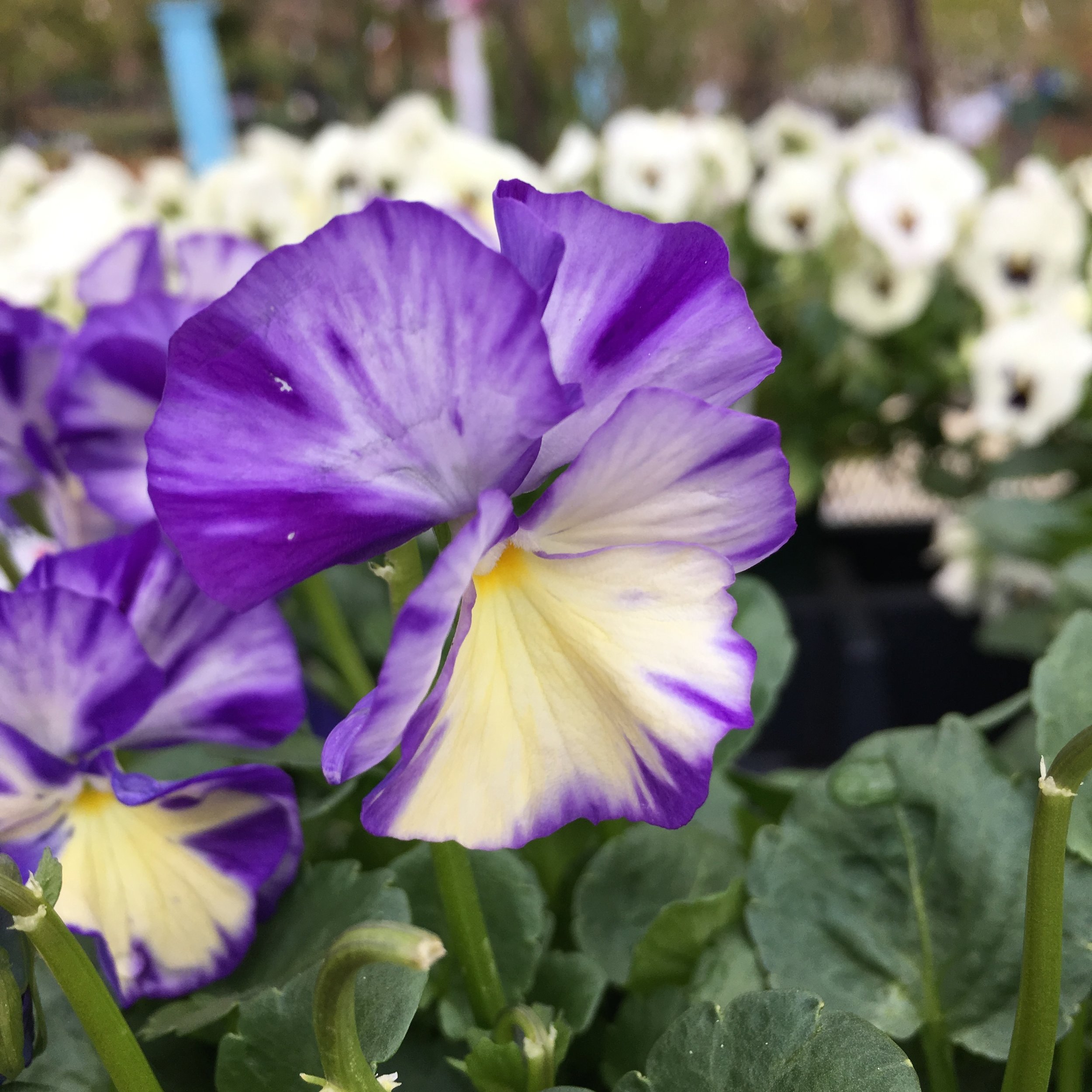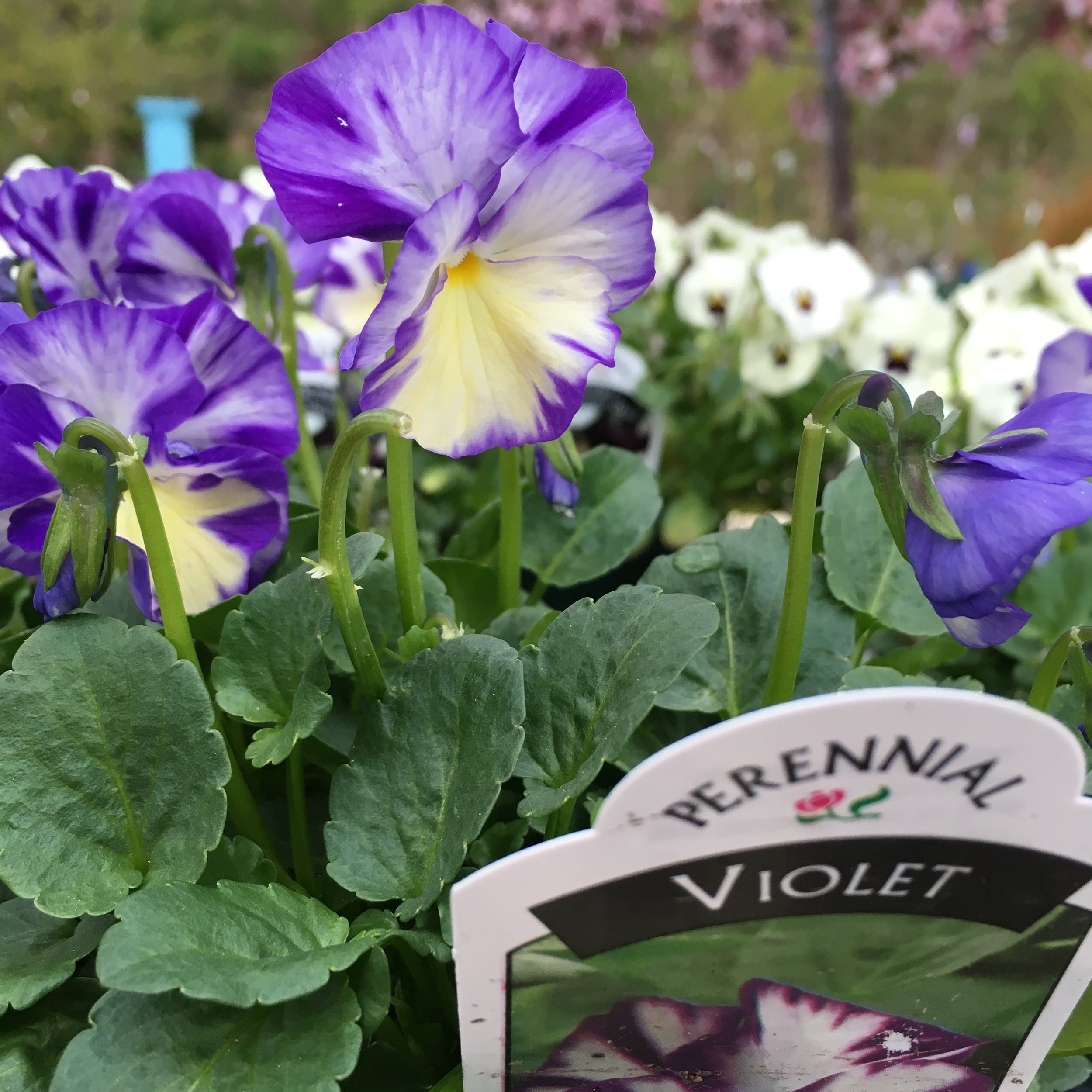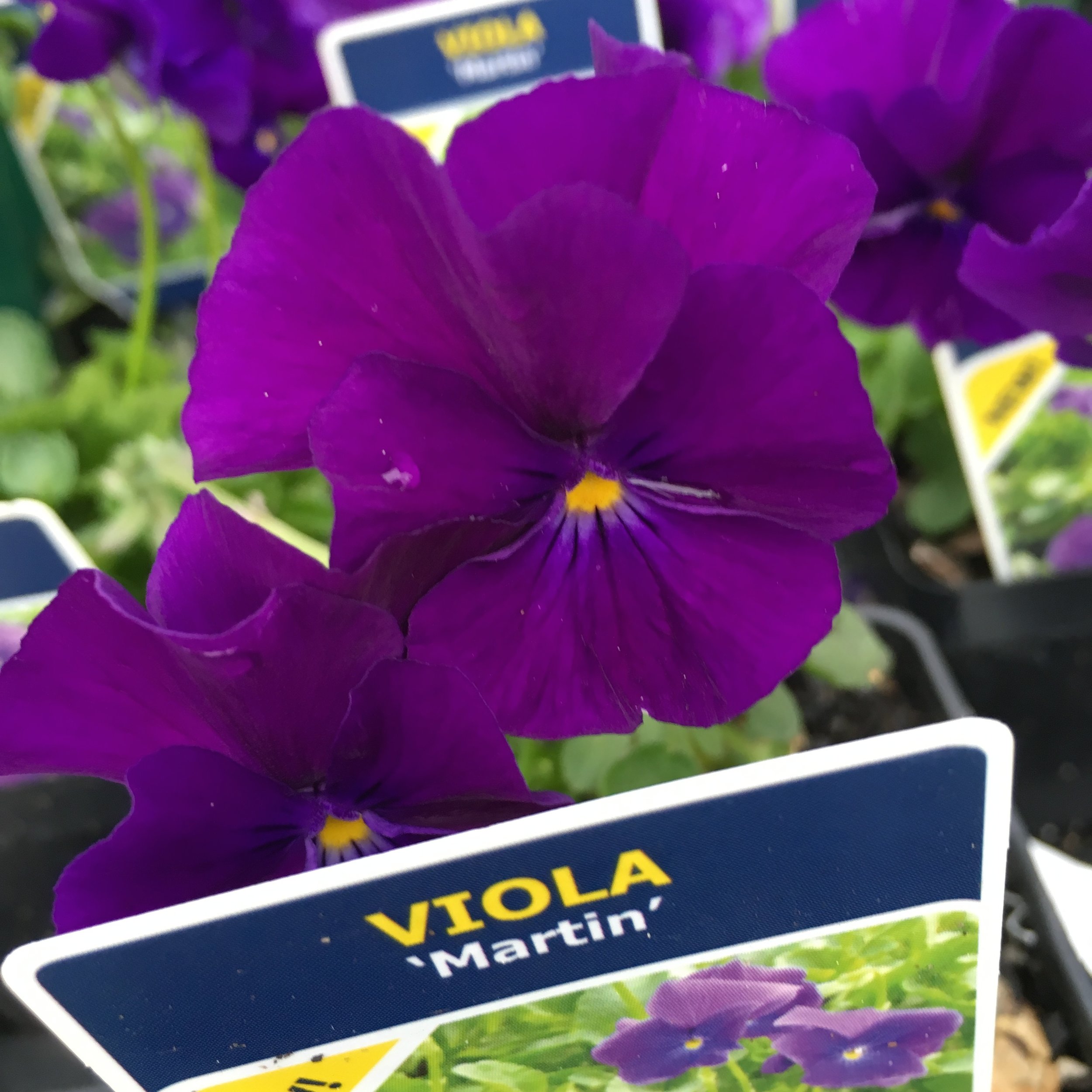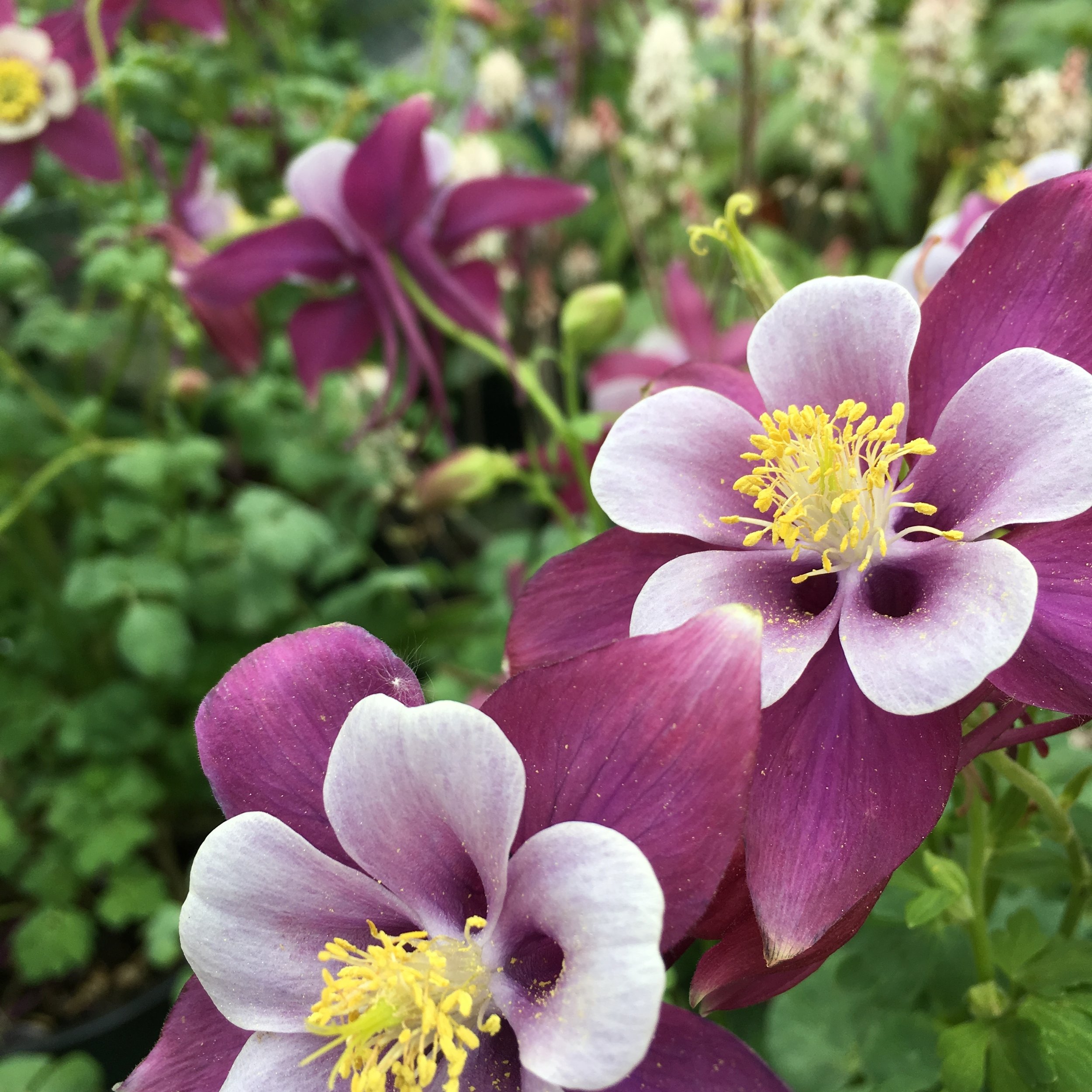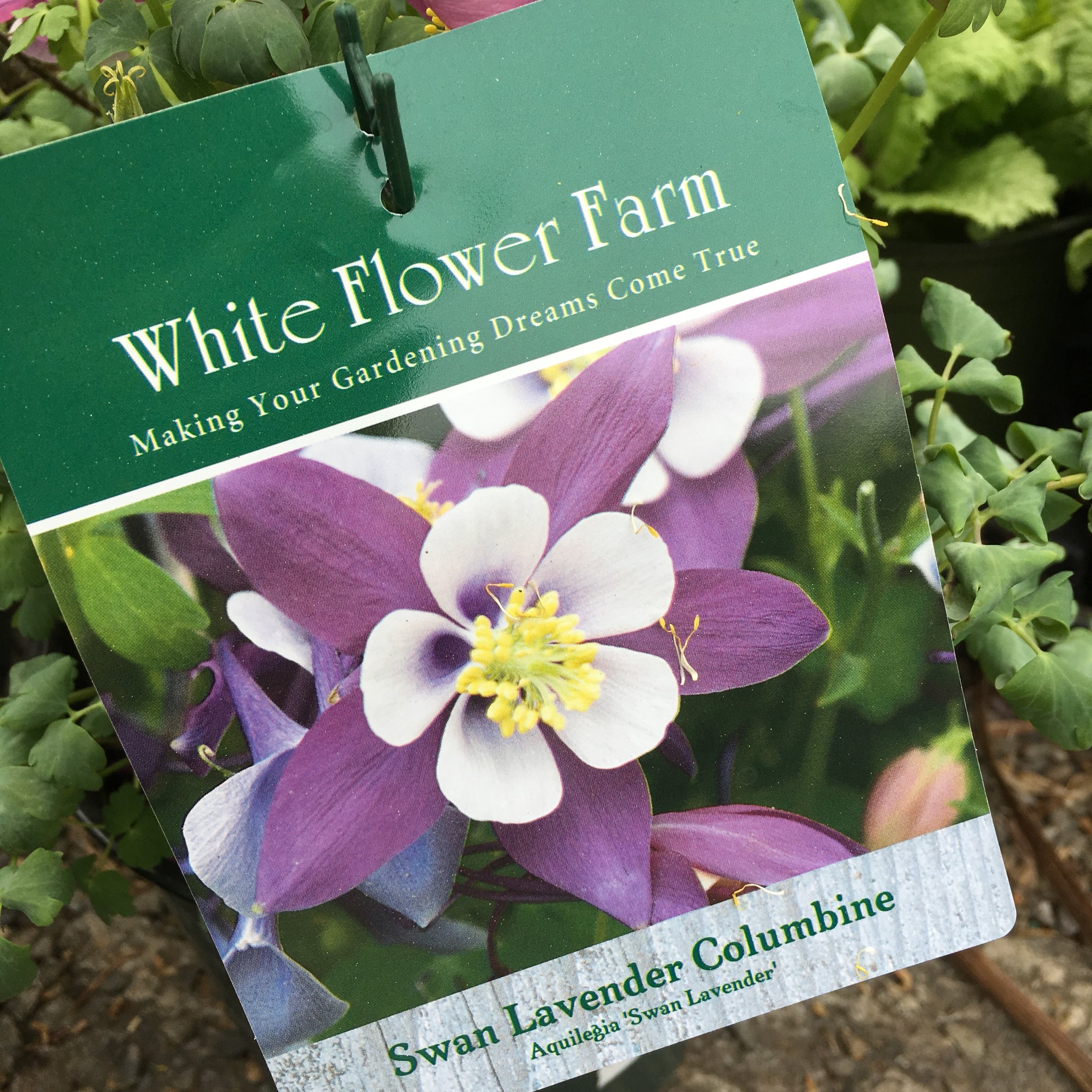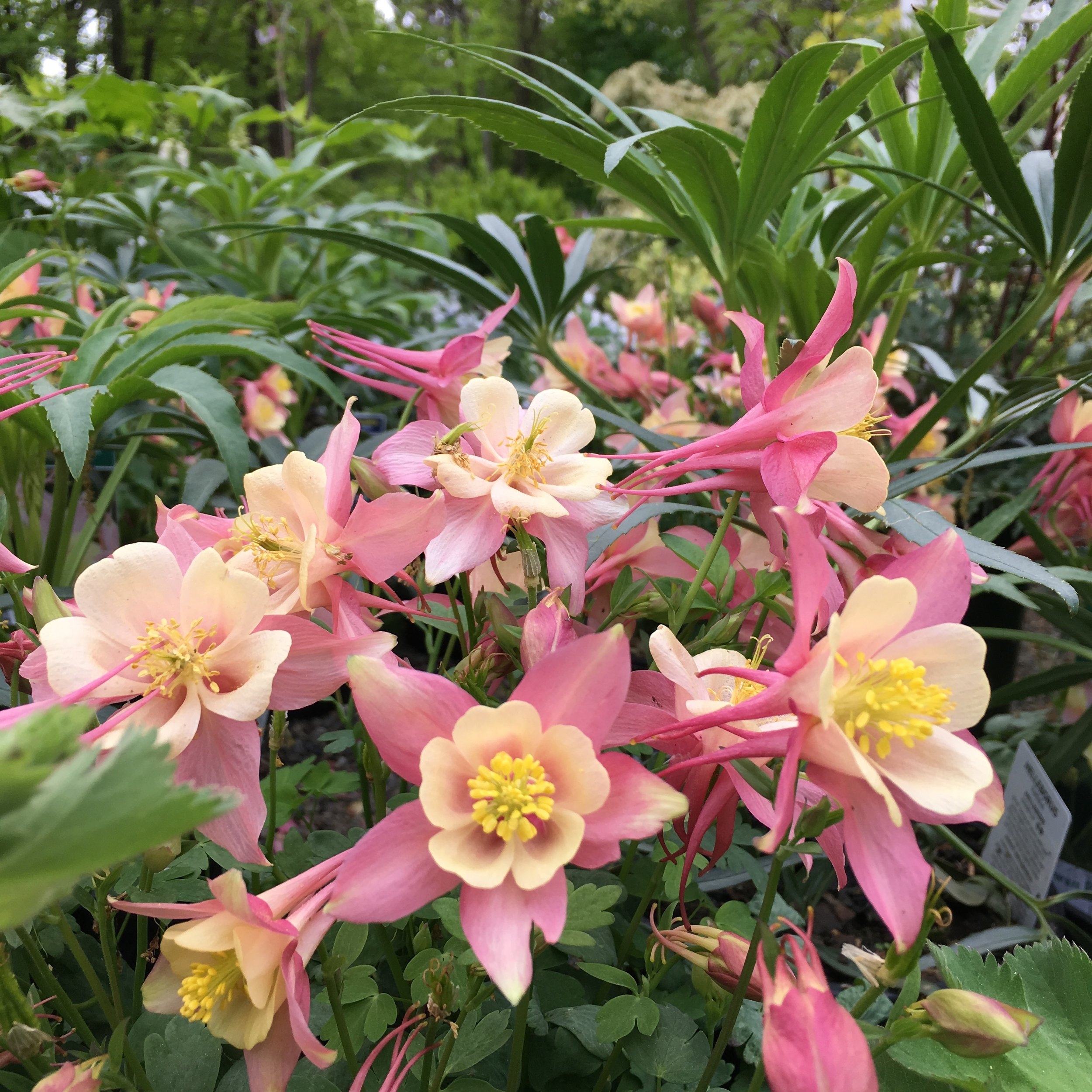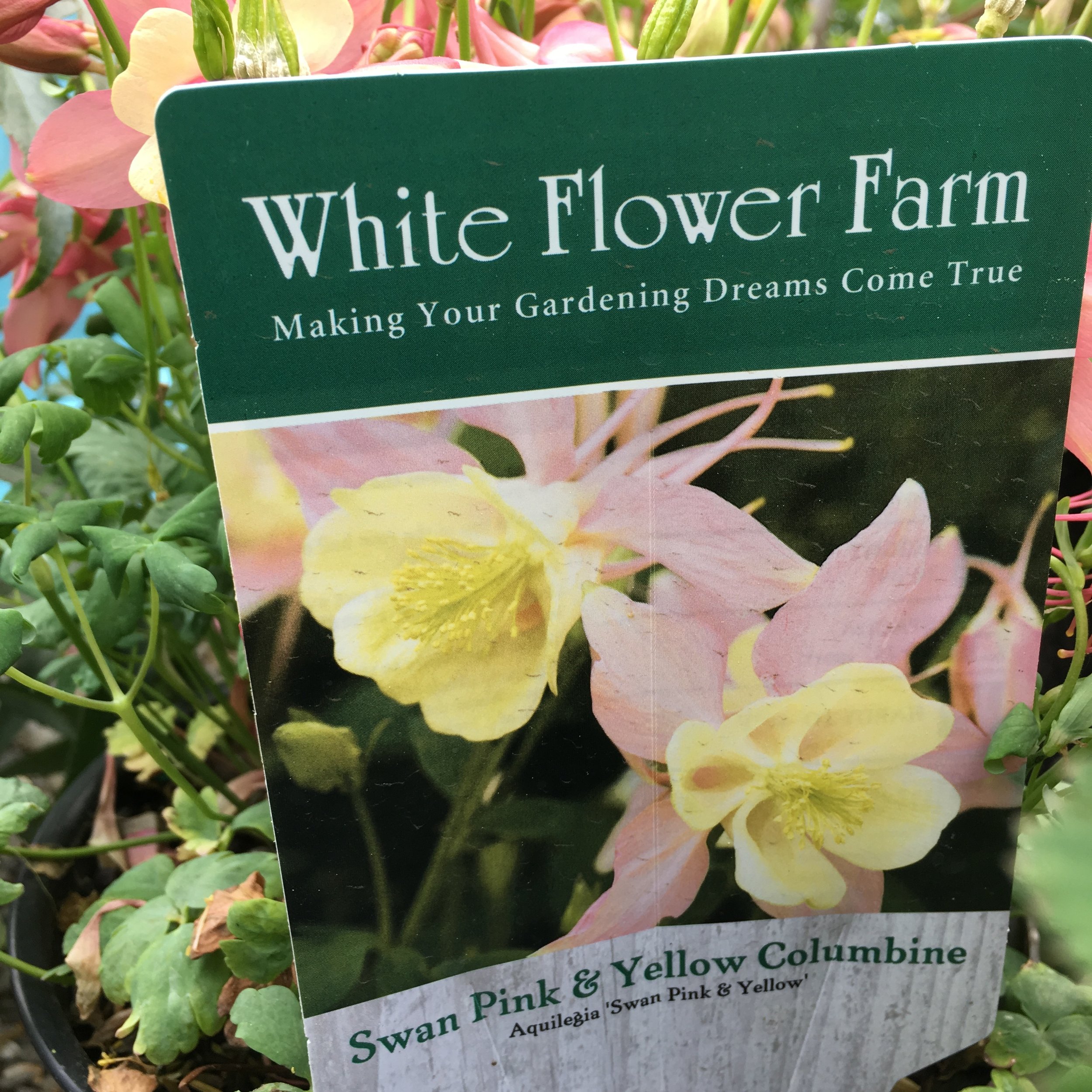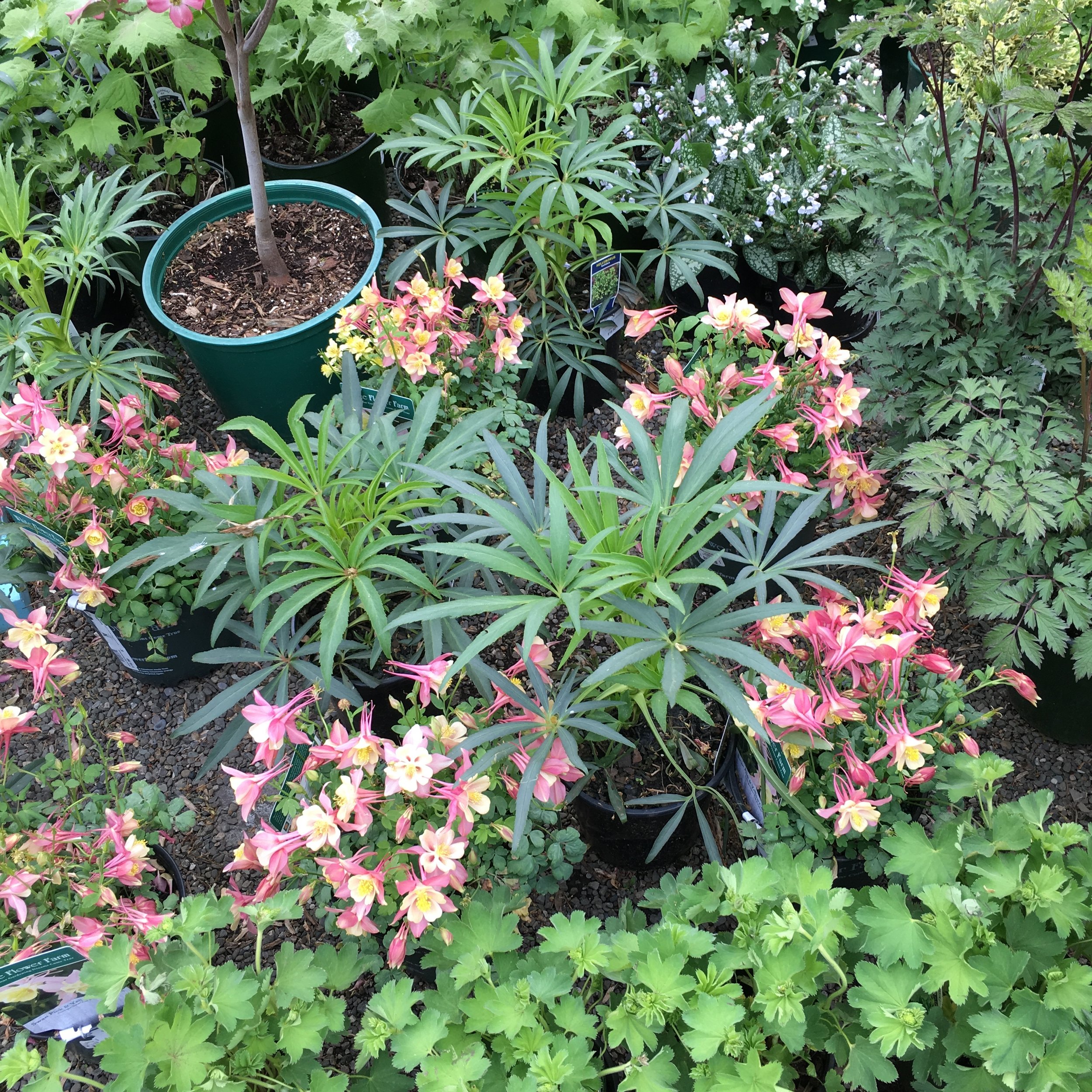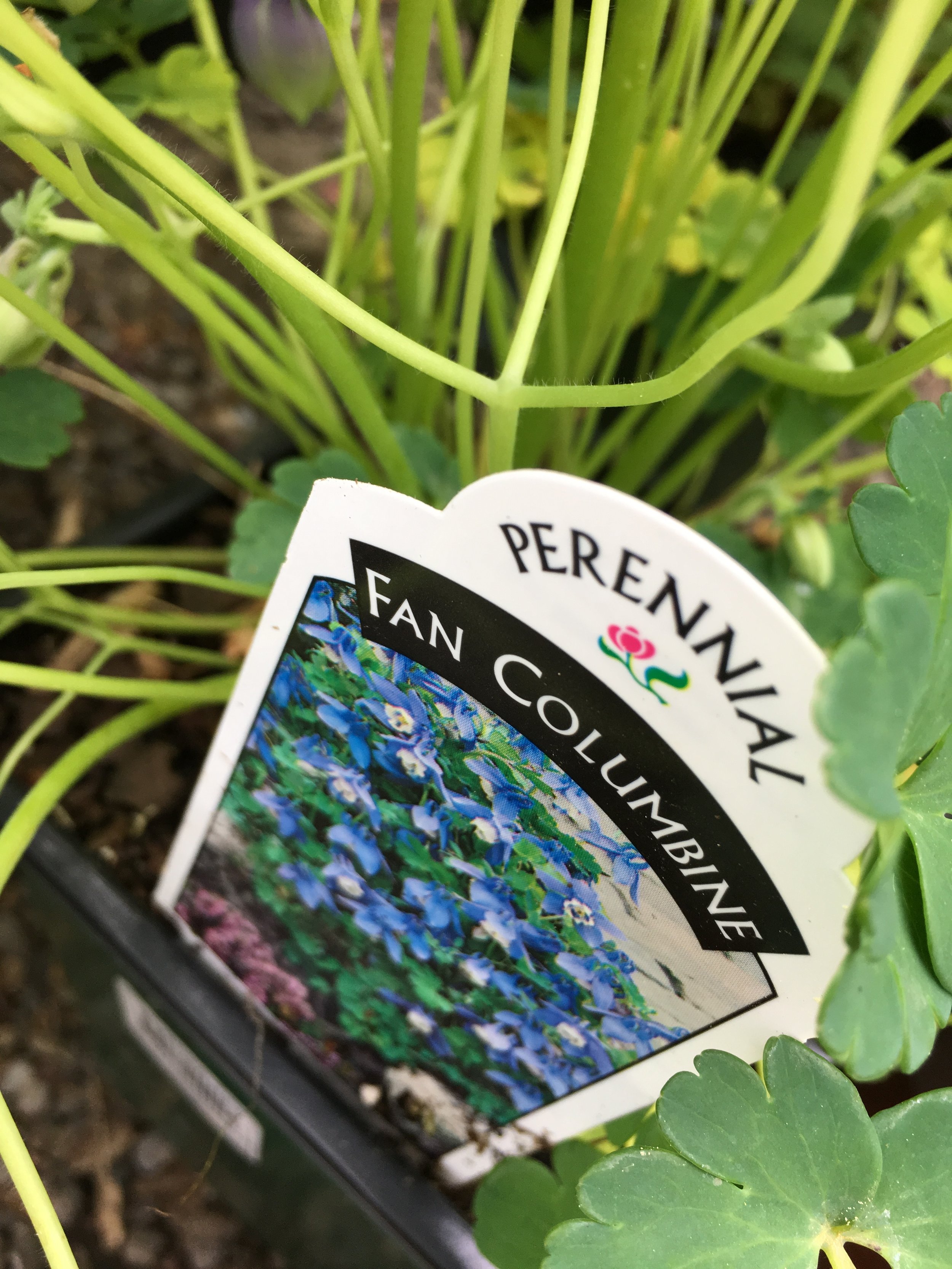Upright Katsura Tree and Weeping Katsura Tree
/Cercidiphyllum japonicum 'Pendulum' "Weeping Katsura Tree"
On our sunset tour of Stonecrop Gardens, we dicovered yet another trasure! In between the waterfall and the stone bridge (at the Lake and Hillside Gardens), stands a majestic Cercidiphyllum japonicum 'Pendulum' (Weeping Katsura Tree).
The weeping Katsura, like it's upright cousin, has deeply textured bark and the deliciously scented (golden/apricot-colored) fall foliage. But the wide and weeping form of Cercidiphyllum japonicum 'Pendulum' makes this specimen tree even more dramatic.
Deer resistant, cold hardy, and eminently attractive, if you can find a home for this specimen tree in your own back yard, we highly recommend it!
Cercidiphyllum japonicum "Katsura Tree"
One of the greatest parts of touring established gardens and estates is the chance to see mature specimens before you plant them in your own back yard. It is hard to imagine what a tree in a two gallon container at Victoria Gardens will look like in 20 or 30 years.
Look at the great form and the sculptural upright branching of this mature Katsura tree!
Katsuras are deer resistant trees, with deeply textured bark, and well-shaped foliage that puts out a sweet fragrance as it changes color in the fall. Some people liken the scent to cotton candy, baking cookies, or baking muffins (yum!)
The Katsura is one of our favorite trees of all time, and at Stonecrop there was this amazing specimen (growing right up through a deck off the main house!)
At Victoria Gardens we are plant enthusiasts! So we seek out unusual varieties. We bring in hundreds of varieties of perennials, shrubs and trees – always focusing on plants that will perform the best in our climate.
We know plants.
After 30 years of field testing varieties, we know what works.
At Victoria Gardens we divide up our nursery according to where the plant will go in your garden.
- At Victoria Gardens, if you have a garden that is in full sun, you won’t accidentally fall in love with a plant that needs shade.
- You can look at the flowers, colors and textures instead of squinting at the tags, trying to figure out if it will survive in your garden.
- If you are browsing in the right section at Victoria Gardens, it will survive and thrive!
Victoria Gardens is located on the corner of Rt. 212 and Cottekill Road in between Rosendale and High Falls, NY.
Visit and be inspired.




